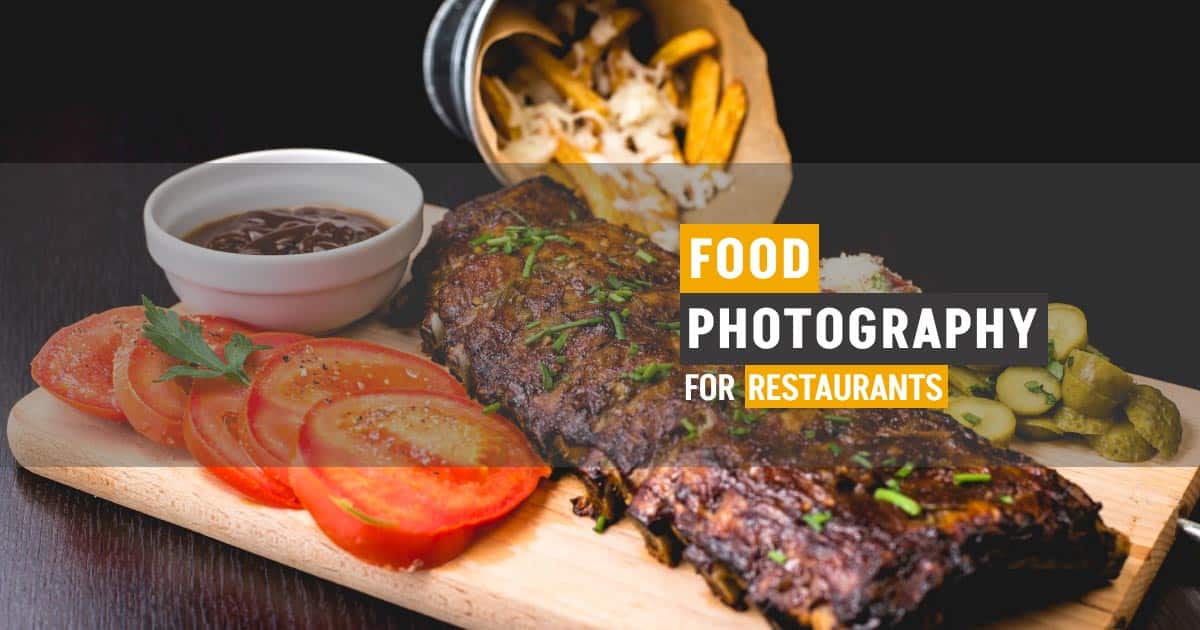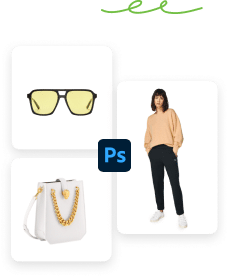Once a popular chef said, “You eat with your eyes first.” This is so true in terms of the restaurant industry. Delectable food photography for restaurants speaks thousands of words about your menu. In fact, that’s exactly what you do if you must grab the attention of a group of foodies with a single throw, where Instagram, Facebook, and YouTube can accompany you.
Everybody knows that if the food looks drool-worthy and scrumptious, no one can deny eating it. So first, do creative photography with food that showcases your restaurant’s specialty.
But there you need to know about some easy tips and tricks that turn your menu appetizing. At last, special bonus tips are waiting for you that can elevate your restaurant’s successful journey.
Why wait? Let’s get going.
What you’ll learn in this article
Why Food Photography Is Important for Your Restaurant’s Success?
Visual marketing has stamped its hallmark on any kind of business. In this case, your restaurant’s success depends primarily on a mouth-watering visualized menu.
If you scroll here to find the reasons why you should do food photography for restaurants, let’s find them together-
- Leave a great impact on your first impression. So, make sure your restaurant’s website or social pages are the places to start where food photos manifest themselves.
- Shape your brand identity with professional food shots that make your brand stand out.
- In this what-you-see-and-what-you-get era, you can easily gain customer trust and credibility through food photos.
- Good food photos increase sales because photos enhance the visual stimuli with emotional responses, which can trigger customers’ longing to eat.
- Shoot your restaurant’s food menus in a professional way so that you may have created a chance to appeal to the customer’s desire to taste this dish just once.
- It makes it easier to choose dishes that they want to eat.
15 Easy Restaurant Food Photography Tips for Taking & Showcasing Menu Shine
Food photography is not exactly what it seems. Here, we’ve listed some tips for food photography that will take your restaurant’s menu to the next level.
1. Apply the proper lighting
Taking food photos is all about light! So as a beginner, you must be aware of the intensity of light and how it falls on food.
The best lighting for food photography is natural light, but with the irregularity of natural light, artificial light will become your savior. Remember, don’t use overhead lighting or built-in flash to ruin your shots.
If you photograph food shots under direct sunlight, getting harsh effects and also being distracting, you may add a diffuser to soften the light, reduce shadows, and give off lovely effects.
2. Keep backgrounds simple
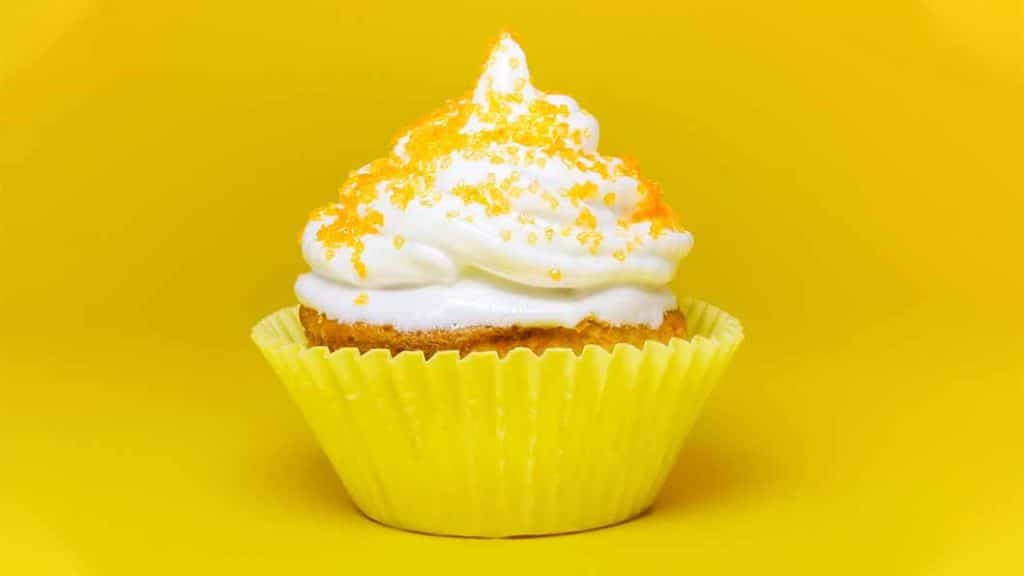
In food photography, you must keep your photography background, including dark, light, and wood backgrounds, simple because distractions may ruin the shots. Experiment with the different backdrops to enhance the creative expression of the food.
For example, when photographing on a gray marble background, it attracts more customer engagement. On the other hand, a white background lets your food shot stand out. But the neutral background doesn’t require it to be completely plain; you can add some props and textures to it.
3. Shoot from different angles

Using the same angles repeatedly could make food photography boring. Try some different angles, including-
Straight on-angle makes your food shot look heroic and powerful and highlight the focal point, even avoiding distortion. Fluid angle primarily comes between the straight-on and flat-lay which is somewhere around the 25°-75° range. There, a 45° angle is a good starting point, whereas, a 75° angle is effective to shoot the upper decoration and even for drinks that highlight the layers precisely.
The overhead 90° angle beautifully depicts the details on the top of your subject. Flat lay is the most popular angle to click Instragammable food photos. You can say it is the storytelling angle, where all the details are perfectly shown.
There are some angles you must avoid when photographing food, such as diagonal shots or Dutch angles, too close-up shots.
4. Decorate your scene
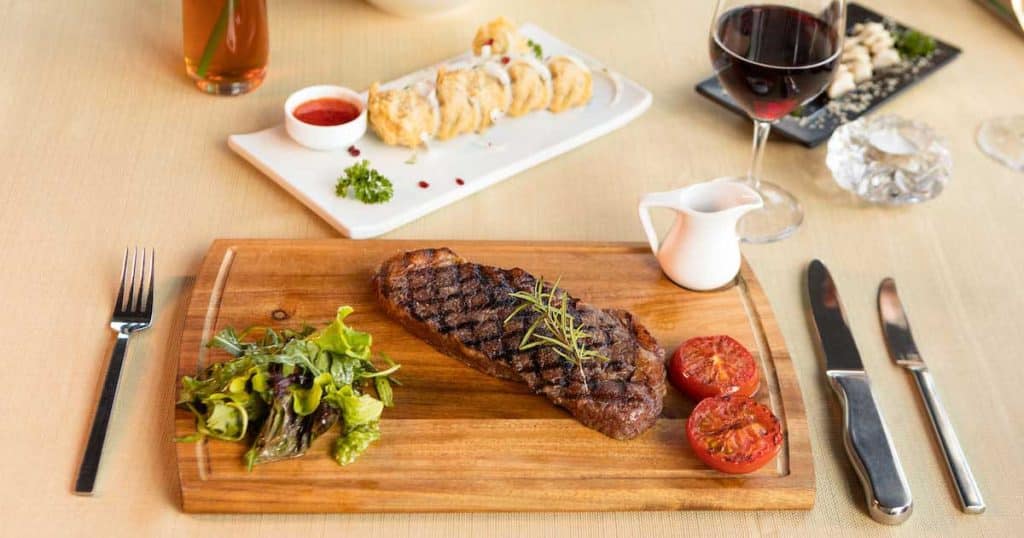
Decorating your scenes is the most inviting element in terms of taking food pictures. If you create a concept for food styling, you must also consider color, the complications of dishes, backgrounds, and composition.
While styling your scene, consider making a story and curating the decorating elements around this story. Your food items’ presentation itself will have a big impact on the final result.
5. Be mindful of shadows

Shadow comes along with the light, It’s a fact. Some shadows have a softer edge, whereas some have a darker edge.
Lessening the shadows is the most important solution for food photographers. Use large light sources, because the larger, the better. If you want lighter shadow, you may use fill light, whereas if you want texture and crisp shadow, put your light source low. Nothing is useless in photography, but you need to understand how you can balance it.
6. Create color themes
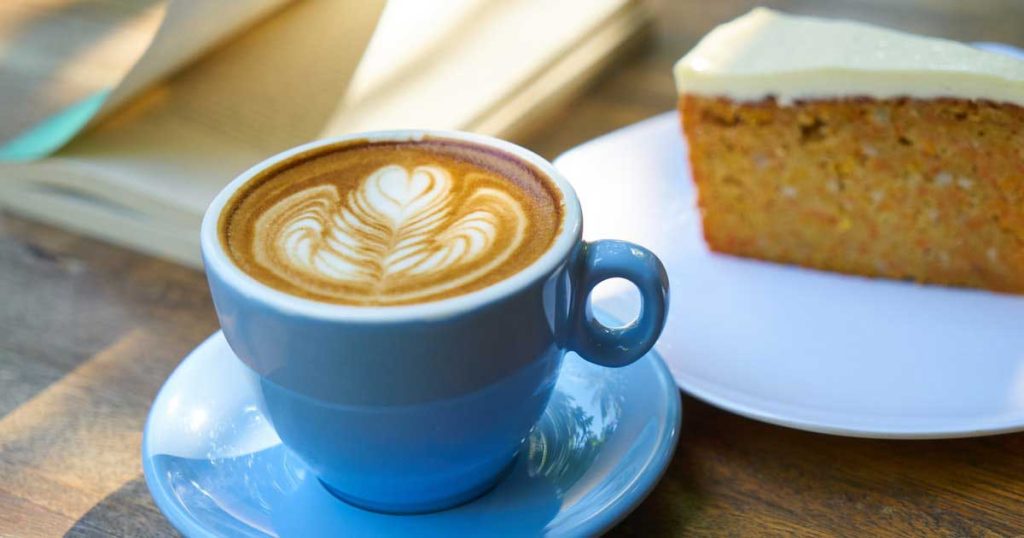
Knowing about color theory is the most important lesson for food photographers. Start off with your main ingredient’s color and choose the secondary color that makes it jump out of the screen. However, don’t use extra colors that may cause distraction.
Remember that the color theory sets your guideline for which colors create visually appealing photos by combining. In terms of the color guide, cool colors create a calming and refreshing feel, and warm colors create a warm and positive feel. Different colors evoke different feelings. Try the color wheel. It may help you create simplistic and minimalist vibes in your food photography.
7. Keep it clean and tidy
A mess on your tabletop takes away your viewers’ concentration from the core part of the subject. Cleanly arrange your food to add visual interest and balance.
Cutting fruits and veggies into similar shapes and arranging them in a pattern on a baking sheet or set of plates is quite fun. Make sure nothing is spilled on the edge of the plate or tray.
8. Basic photography composition techniques
All you need is to remember the basic composition techniques; if not, it can hinder your creativity. However, before anything else, you might want to think about the camera and lenses for food photography.
This is due to the fact that taking beautiful food photos requires the ideal camera and lens kit with the ideal focal length so that the compositional quality of your food images is up to the mark.
Now, let’s move on to some compositional tips for food photography-
Framing
Make a natural frame to conceal the obtrusive elements and leave only the subject and the scene’s essential elements.
Use negative spaces
Don’t completely zoom in on your food photography; leave some room for the viewer’s eyes and mind to rest.
The rule of thirds
The rule of thirds is the best concept in food photography. With this method, the image is split into three horizontal and vertical sections.
There, the focus should be on one of the intersections that are not in the middle so that your subject looks so mouth-watering.
Leading lines
With this technique, you can make your tabletop dish’s images more sophisticated and appealing to the eye. Leading lines direct your viewers’ attention where you want. It can be considered a complex compositional technique. Regardless, this method creates a balance of secondary elements within your photo, is aesthetically pleasing, and keeps viewers interested for longer.
9. Add a human touch
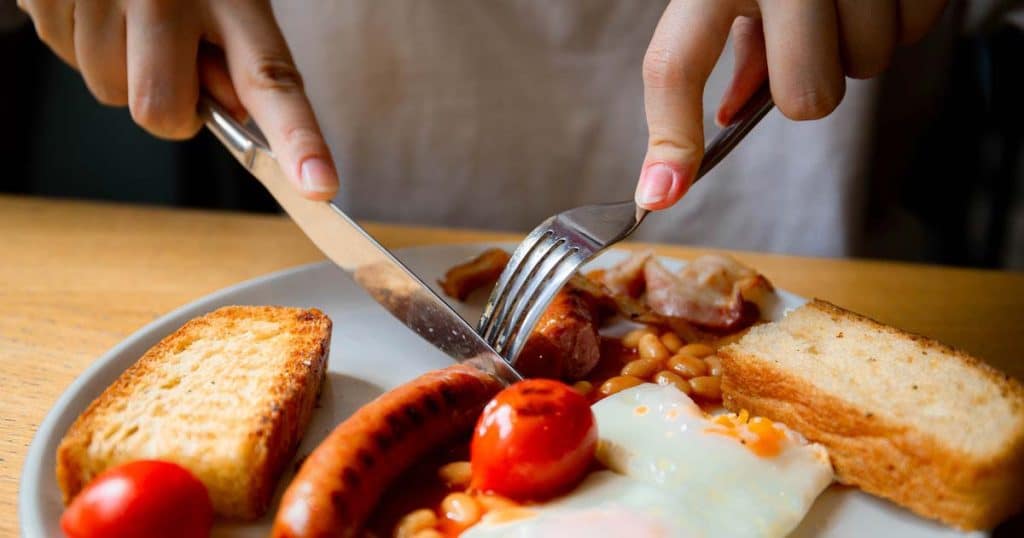
You must feel disappointed if your restaurant’s food and drink photography looks flat.
So, you can click restaurant lifestyle photography, like behind the scene, and chef portraits while preparing or cooking. Besides this, capture some of your guests in a bunch who are enjoying the moment of eating, or just include their hands holding your food items.
10. Add some spritz
Add spritz on food images that make food look more delectable and freshness lasts for longer.
Use glycerin to your decorated salad, or use soya sauce, brown sauce, or a little gelatin on caffeine, even painted on chicken that brings a shine and looks so tantalizing.
11. Highlight the freshness
Freshness on dishes itself gives a perfect scope for composing food images. Make sure, your items are fresh.
If not, pick up some fresh fruit or veggies and cut them up to reveal their insides, and even drizzle some water to highlight the freshness and juiciness. You could even bring some fresh vegetables to store in the refrigerator, then take them out or wash them under cold water just before the shoot.
12. Highlight the key ingredient
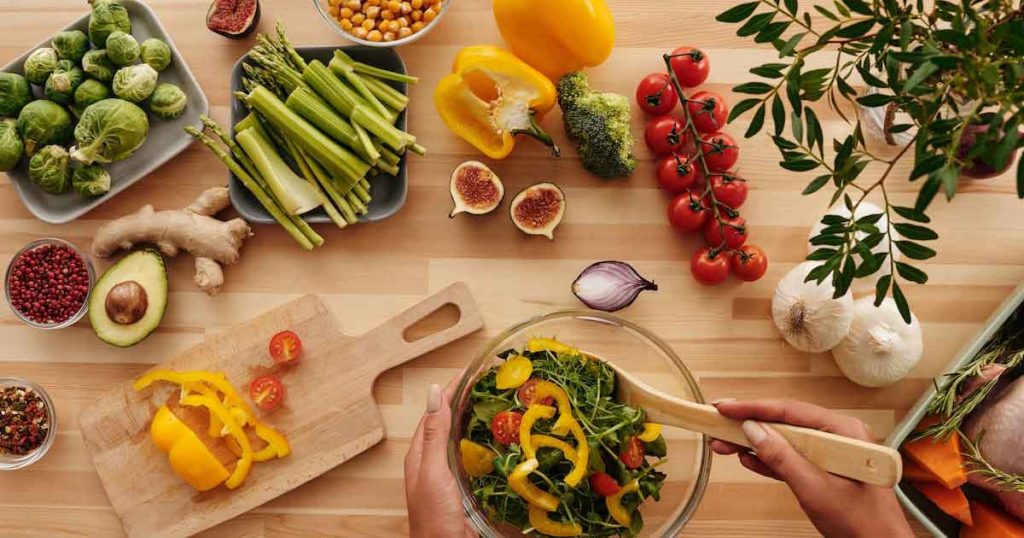
In your photographed dish, you must draw attention to the main component and concentrate less on the background and supporting props. This is because it may cause distraction, and the images look punctured.
It’s necessary to bring forward the comfort, freshness, and hero side of your key ingredient. Thus, your main ingredient in focus is achieved through this combination of light, a precise angle, and seamless composition.
13. Shot in action
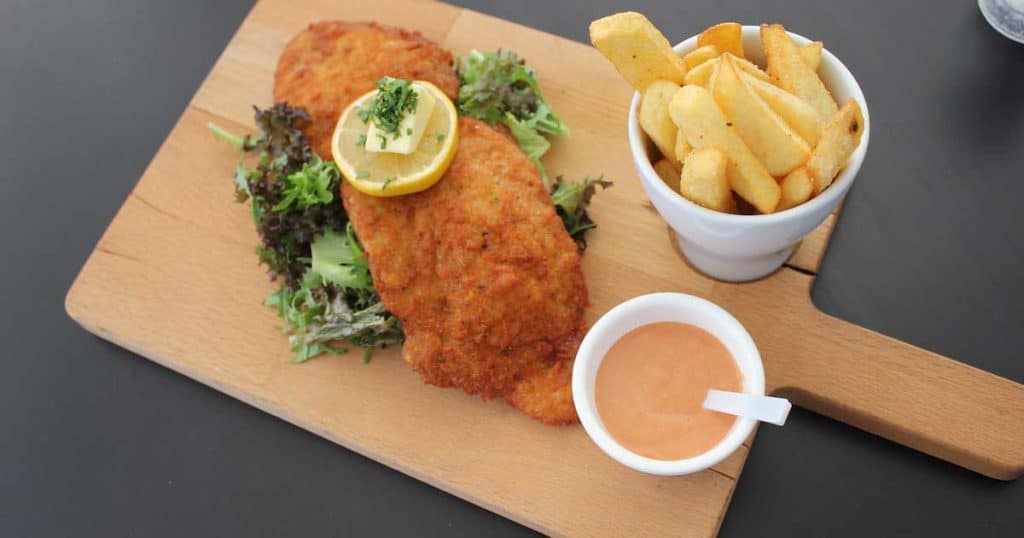
Capture action shots of your food to make the photo more interesting.
For example pouring chocolate on cake, capturing smoke, honey swirls, sprinkled icing sugar, or splashes on breweries, these shots are quite difficult to click perfectly but engaging to look at.
14. Creating an organic feel
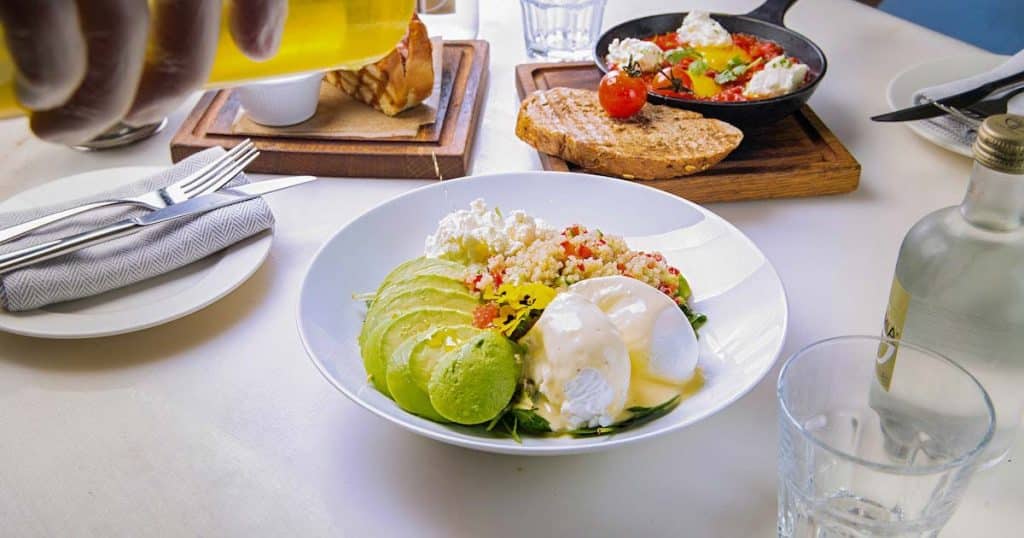
While shooting the food images, you must choose the part of the food that looks yummy, and juicy. Add some light, airy colors to complement the flavors of the food and give viewers a sense of organics.
15. Touch it up
There can be some mess in food menu photography. If you create it for your restaurant business, you must retouch and sharpen the mess.
It is necessary to remove distractions and bring out all the important details so that your restaurant’s food photos spice up all the textures and grab more engagement from viewers toward your eatery or cafe.
You Can Also Read: Dark Food Photography Tips
How Food Photography Helps Your Restaurant Marketing (Bonus Tips)
Photos are universal and they can speak about your restaurant brand. Even the world’s increasingly focused diverts toward photos, more specifically on social media. Recently, restaurants changed their path from traditional marketing to social media marketing.
That helps them get more engagement and ultimately boosts their restaurant sales by a huge number. So, 67% of restauranteurs plan to run social media ad campaigns, especially on Instagram.
If you find the answer to how so there you go-
- Alleviate customers’ doubts about the quality of food.
- Put your menu on display where customers gather, like online review portals, social media sites, and even delivery apps.
- Do some promotional activities.
- Collaborate with food enthusiasts, food vloggers, and Influencers.
- Take advantage of food hype like Tiktok.
- Frequently uploaded food photos on your social pages to connect with your targeted audiences.
FAQs About Food Photography for Restaurants
What makes good food photography?
Using proper light, appealing angles, depth of field, and some edit aspects can make for good food photography. It can grab out the evoking traits and inherent deliciousness of food.
What is a picture menu?
A picture menu is a list of food items that include food images to make it easier for customers to decide what they want to eat.
How do I take a chef picture?
Whether you take professional portrait shots or lifestyle shots, at first you must conceptualize it so that you can take chef photos in a portrayal way.
Is food photography difficult?
Comparatively yes. This is because you’ll miss the moment of food shooting when it’s at its absolute freshest, so your customers could lose their appetite.
What are the pieces of equipment used in food photography?
A prime lens, light box, tripod, lighting kit, backdrops, some props, a diffuser, and a color correction card are some of the pieces of equipment that are must-haves in food photography.
What tricks do food stylists use?
Food styling can make or break your food shots. There are lots of tricks food stylists can do for making drool-worthy images like using layers, fresh ingredients, adding texture, fake ice cubes, water droplets, and the list goes on.
Final Words
The stability of a restaurant depends on first-rate food and services. Attracting customers is far more challenging. As a result, creative food photography doesn’t alienate you.
With all the easy tips and tricks about food photography, your restaurant menu, social media pages, and online review portals will shine. This marketing plan will pay off sooner than you imagine.
